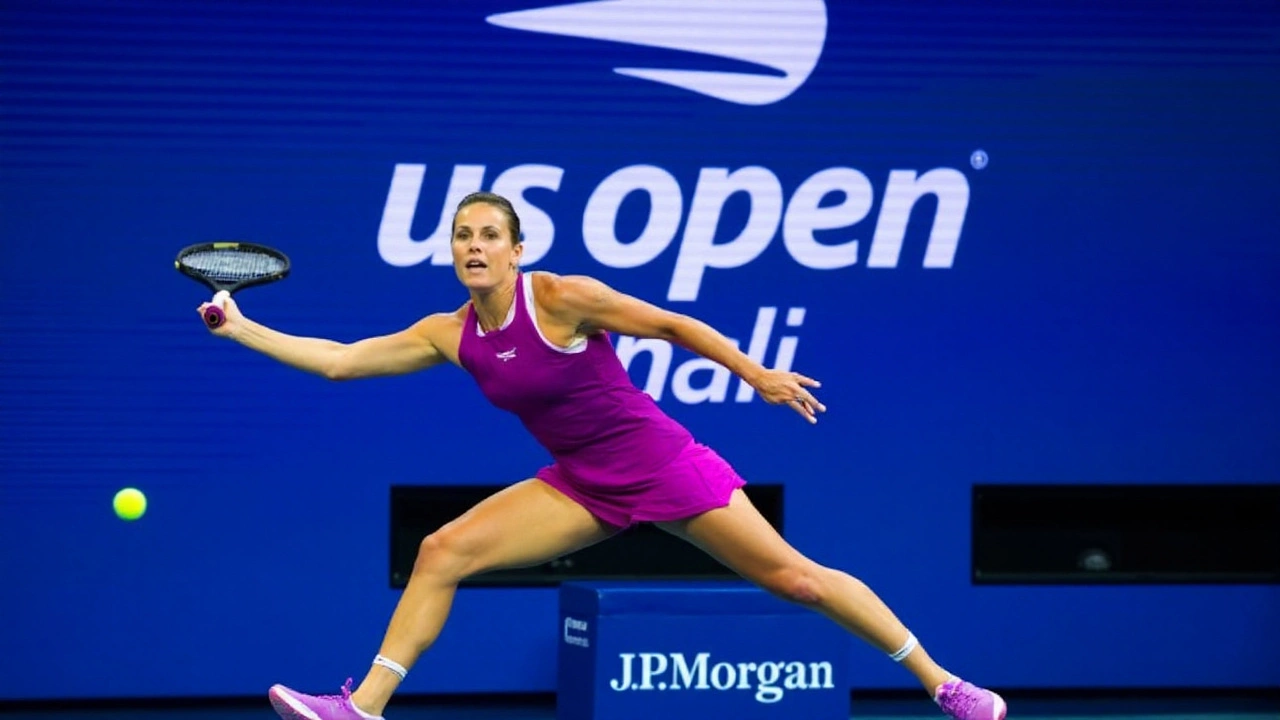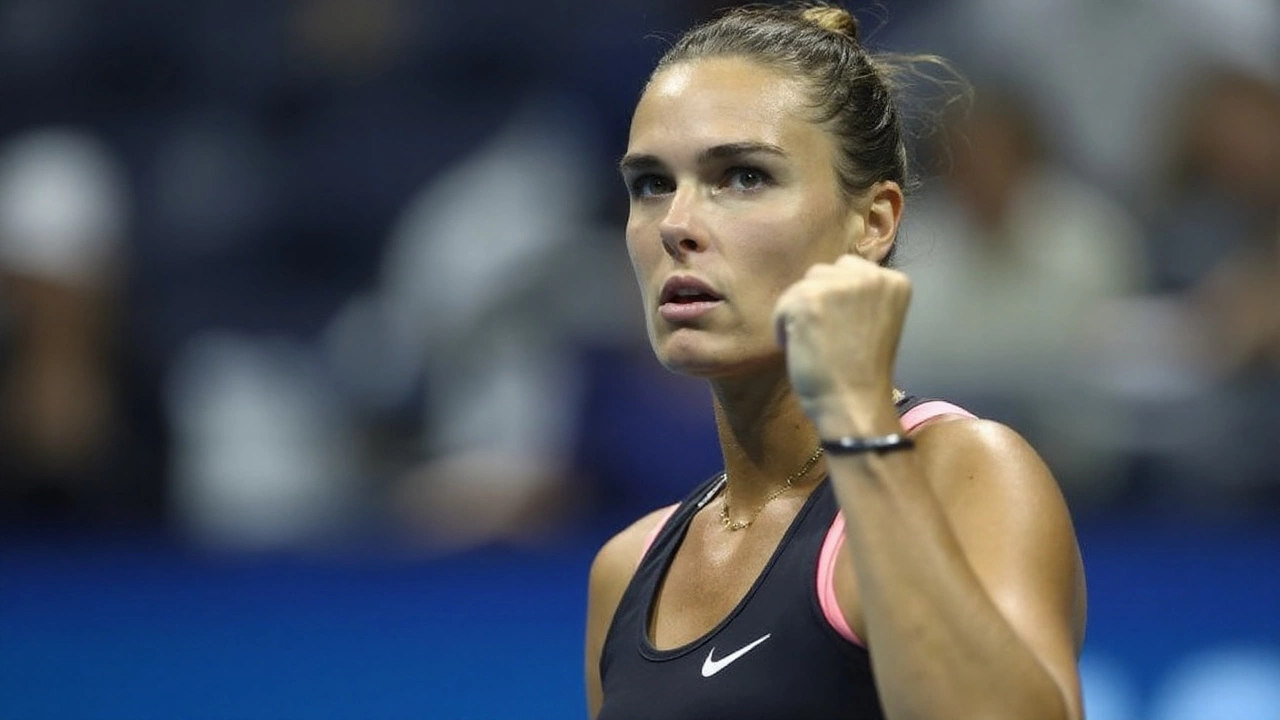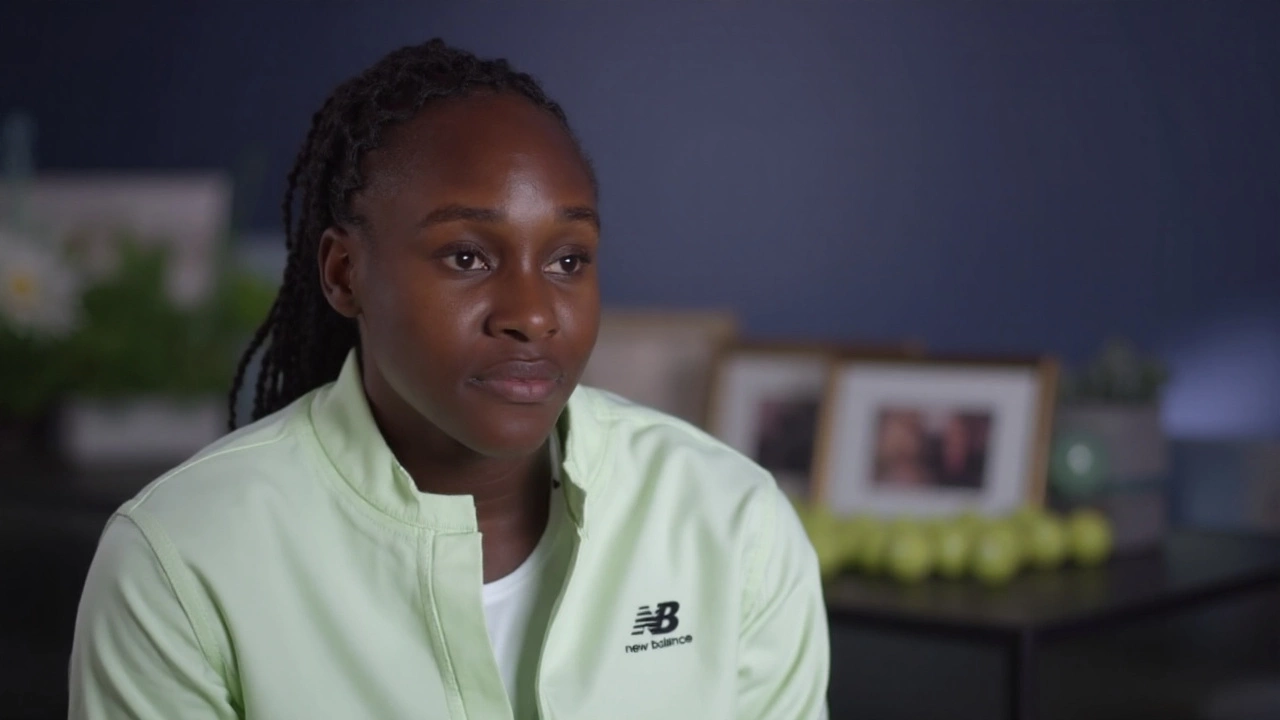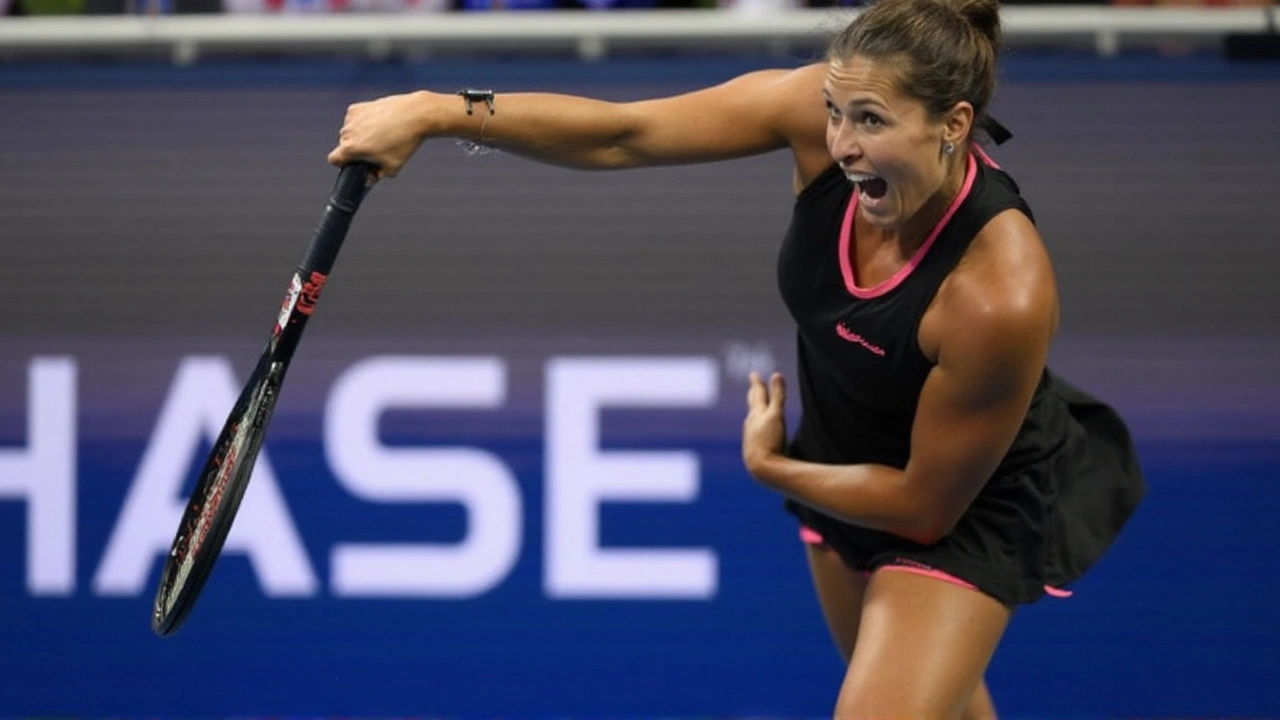The defending champion was pushed, the rising star was ruthless, and New York now gets a rematch it has been waiting four years to see. Aryna Sabalenka survived a gritty, momentum-swinging second round against Veronika Kudermetova, while Jasmine Paolini cut through teenager Iva Jovic in straight sets to keep her steady march going at the US Open 2025.
Sabalenka steadies, Fernandez rematch rekindles 2021 storyline
On paper, Sabalenka’s path looked straightforward. On court, Kudermetova made it anything but. The Belarusian absorbed heavy pressure in extended rallies, rode out a cold patch on serve, and leaned on her power when it mattered to close the door. The win tees up a third-round meeting with Leylah Fernandez, the 2021 finalist who stunned Sabalenka in a three-set semifinal on this same stage.
That lone meeting still lingers. Fernandez, then 19, sliced through a brutal draw in 2021 with fearless returning and crowd-fueled swagger, denying Sabalenka a shot at that year’s title. This time the roles flip: Sabalenka arrives as a defending champion with the muscle memory of winning deep into the second week in New York, while Fernandez returns to a court that has amplified the best of her game.
The tactical outlines are clear. Sabalenka will try to impose first-strike tennis, taking time away with pace and depth, and force short replies. Fernandez will counter by absorbing and redirecting, jamming returns at Sabalenka’s feet and asking the top seed to hit through one more ball under pressure. Night-session energy at Arthur Ashe tends to favor bold shot-making, and both lean into that stage.
Sabalenka’s form across the summer hard-court swing has carried a familiar theme: when the first serve lands, the scoreboard moves fast; when it dips, her defense and willingness to play the longer point have kept her afloat. Kudermetova exposed both sides in flashes, but Sabalenka’s problem-solving – using the body serve, mixing in heavier crosscourt forehands to open the middle – saw her through. She’ll need that blend against Fernandez, who thrives on rhythm breaks and quick counterpunches.
New York’s crowd will remember 2021, and so will both players. Expect urgency from the first game, quick trips to the net from Sabalenka to finish points, and Fernandez looking to drag exchanges wide, then knife the ball down the line. As third-round matches go, this is a marquee clash with second-week stakes written all over it.

Paolini cruises past Jovic, draws Vondrousova in a first-time meeting
Jasmine Paolini handled the moment with clean margins and timely courage. In a 6-3, 6-3 win that lasted 1 hour and 26 minutes, the Italian broke 17-year-old Iva Jovic five times and, crucially, saved nine of the 11 break points she faced. The baseline rhythm was tighter than the score suggests, but every time Jovic pressed, Paolini’s reply was bigger: firmer first serves on game points, deeper returns to neutralize early pressure, and calm footwork to take the ball early.
The victory sends Paolini to the third round in New York for a second straight year and continues a 12-month arc where she’s learned to win the tense games, not just the pretty points. Her calm in deuce-heavy service games stood out, and the head-to-head with Jovic now reads 2-0, a small but telling sign that her patterns – especially the crosscourt forehand followed by a change-up down the line – hold up under heat.
Next, Paolini meets Marketa Vondrousova, the 2023 Wimbledon champion, in their first WTA main-draw showdown. It’s a fascinating contrast. Paolini’s compact timing and court coverage invite longer exchanges; Vondrousova’s lefty angles, soft hands, and disguised pace changes pull opponents off their spots. On a medium-fast New York court, the first-strike advantage may hinge on who controls the backhand corner: Paolini with early strikes up the line, or Vondrousova bending that lefty forehand into the open court.
Paolini’s recent Slam experience – high-pressure runs on clay and grass last season – has hardened her late-point decisions. The serve placement has sharpened, and she’s more willing to take returns inside the baseline on big points. Those choices will matter against Vondrousova, who loves to disrupt tempo, slip in a short angle, then finish with a pass as you press forward.
For Jovic, there’s plenty to take from the loss. She created 11 break chances against a top seed under the lights and matched pace in the forehand exchanges for long stretches. The next step is converting pressure into games: trusting the first serve under stress and committing to the first ball after the return. Nights like this are part of the climb.
As the third round takes shape, the women’s draw is already showing how different ways of winning can coexist on the same court. Sabalenka blasted through her tense moments with power and a stubborn return game. Paolini kept a cool head, played the percentages, and took her chances with clean, early contact. Both approaches work in New York – especially when the crowd leans forward and the set tightens.
What’s next? A blockbuster Sabalenka–Fernandez encore with old narratives and new stakes, and a first-time Paolini–Vondrousova test of touch versus tempo. The margins shrink from here. The players who manage nerves at 30-all and make smart choices in the windy corners of Ashe and Armstrong are the ones who stick around for Labor Day weekend.


